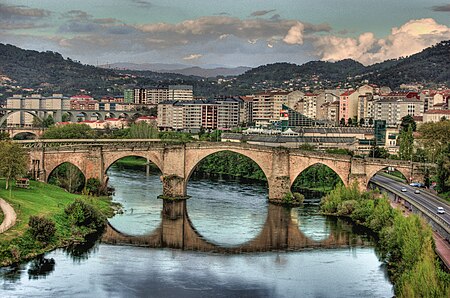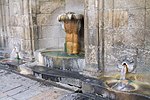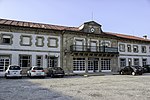Ourense
Municipalities in the Province of OurenseOurensePages with Galician IPAPages with Spanish IPARoman sites in Spain

Ourense (Galician: [owˈɾɛnsɪ]; Spanish: Orense [oˈɾense]) is a city and the capital of the province of Ourense, located in the autonomous community of Galicia, northwestern Spain. It is on the Camino Sanabrés path of the Way of St James (Camino de Santiago), and is crossed by the Miño, Barbaña, Loña and Barbañica rivers. It is also known as A cidade das Burgas (in Galician) due to its hot springs, being one of the European cities with the greatest thermal heritage.
Excerpt from the Wikipedia article Ourense (License: CC BY-SA 3.0, Authors, Images).Ourense
Rúa de Juan de Austria, Ourense Casco Vello
Geographical coordinates (GPS) Address Nearby Places Show on map
Geographical coordinates (GPS)
| Latitude | Longitude |
|---|---|
| N 42.336388888889 ° | E -7.8633333333333 ° |
Address
Catedral de San Martiño
Rúa de Juan de Austria
32001 Ourense, Casco Vello
Galicia, Spain
Open on Google Maps









